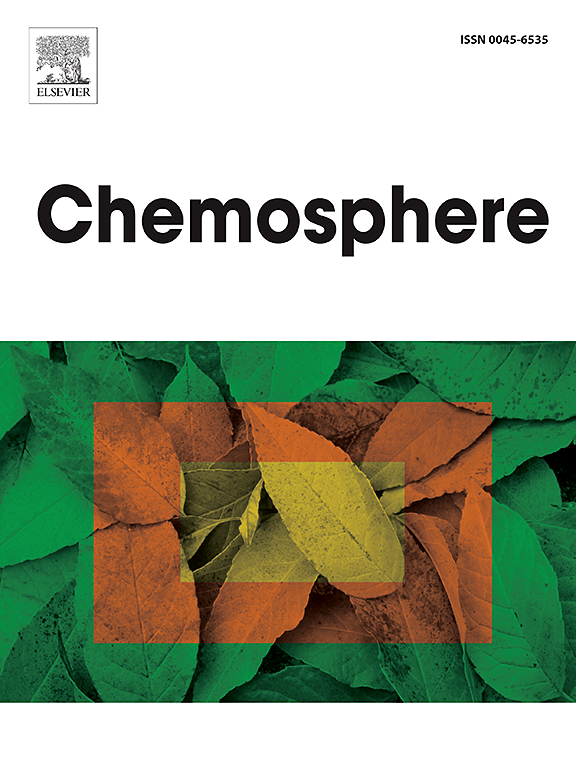A critical review about phytoremediation of heavy metals and radionuclides: from mechanisms to post-remediation strategies
IF 8.1
2区 环境科学与生态学
Q1 ENVIRONMENTAL SCIENCES
引用次数: 0
Abstract
Phytoremediation has emerged as an environmentally friendly and cost-effective solution for mitigating heavy metal and radionuclide contamination in soil and water. While extensive research has been conducted on phytoremediation mechanisms and the effectiveness of various plant species in pollutant uptake, limited attention has been given to the crucial aspect of post-remediation biomass management, particularly for biomass containing heavy metals and radionuclides. This review provides a pioneering perspective by integrating phytoremediation mechanisms with a comprehensive discussion of post-remediation biomass treatment methods, such as incineration, solidification, gasification, and pyrolysis, which are essential for reducing environmental risks. This study's output highlights that solidification is more suitable for radioactive biomass management for safe long-term storage and sustainable radioactive waste management; however, it does not produce value-added products. Meanwhile, gasification offers relatively low-emission biomass treatment compared to incineration and enables superior energy conversion efficiency and lower costs on a large scale compared to pyrolysis. The findings contribute to improving the overall efficiency of phytoremediation and provide insights into post-remediation biomass handling methods, reinforcing the feasibility of phytoremediation as a sustainable large-scale remediation solution. By identifying research gaps and proposing future directions to enhance the sustainability of phytoremediation, this review serves as an advantageous reference for policymakers, researchers, and environmental practitioners in designing effective phytoremediation strategies and post-remediation biomass management policies.

重金属和放射性核素植物修复研究综述:从机制到修复后策略
植物修复已成为减轻土壤和水中重金属和放射性核素污染的一种环境友好且具有成本效益的解决方案。虽然对植物修复机制和各种植物在污染物吸收方面的有效性进行了广泛的研究,但对修复后生物质管理的关键方面,特别是对含有重金属和放射性核素的生物质的管理,关注有限。本文将植物修复机制与修复后的生物质处理方法(如焚烧、固化、气化和热解)相结合,提供了一个开创性的视角,这些方法对降低环境风险至关重要。本研究的成果突出表明,固化技术更适合放射性生物质的安全长期储存和可持续放射性废物管理;然而,它不生产增值产品。同时,与焚烧相比,气化提供了相对低排放的生物质处理,与热解相比,气化具有更高的能量转换效率和更低的大规模成本。研究结果有助于提高植物修复的整体效率,并为修复后生物量处理方法提供见解,增强了植物修复作为可持续大规模修复解决方案的可行性。本文通过对植物修复的研究空白和未来发展方向的梳理,为决策者、研究人员和环境从业者设计有效的植物修复策略和修复后生物量管理政策提供了有益的参考。
本文章由计算机程序翻译,如有差异,请以英文原文为准。
求助全文
约1分钟内获得全文
求助全文
来源期刊

Chemosphere
环境科学-环境科学
CiteScore
15.80
自引率
8.00%
发文量
4975
审稿时长
3.4 months
期刊介绍:
Chemosphere, being an international multidisciplinary journal, is dedicated to publishing original communications and review articles on chemicals in the environment. The scope covers a wide range of topics, including the identification, quantification, behavior, fate, toxicology, treatment, and remediation of chemicals in the bio-, hydro-, litho-, and atmosphere, ensuring the broad dissemination of research in this field.
 求助内容:
求助内容: 应助结果提醒方式:
应助结果提醒方式:


